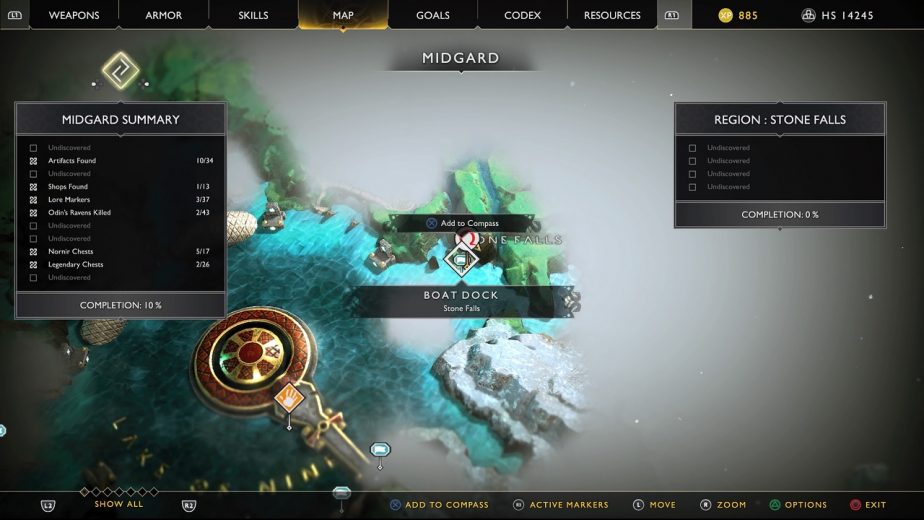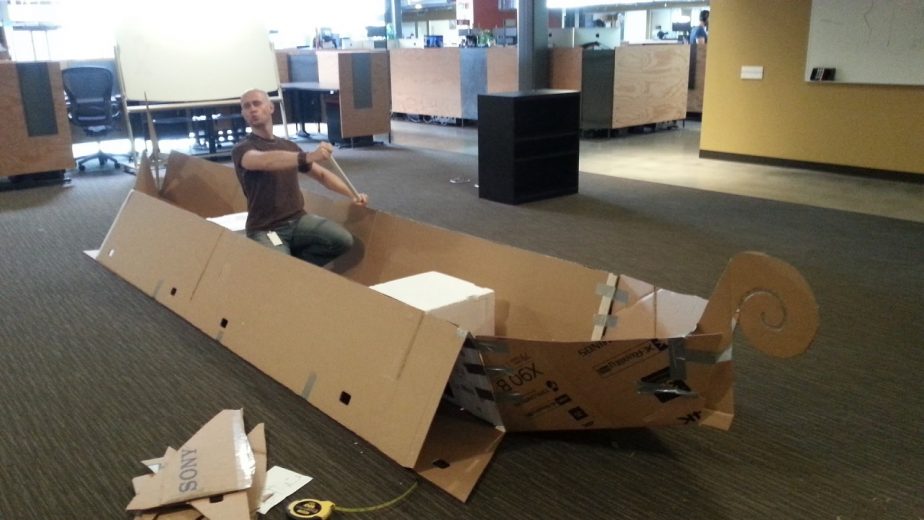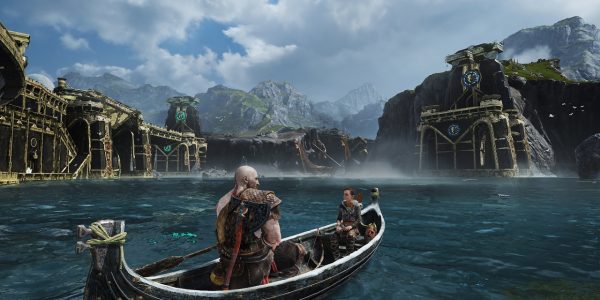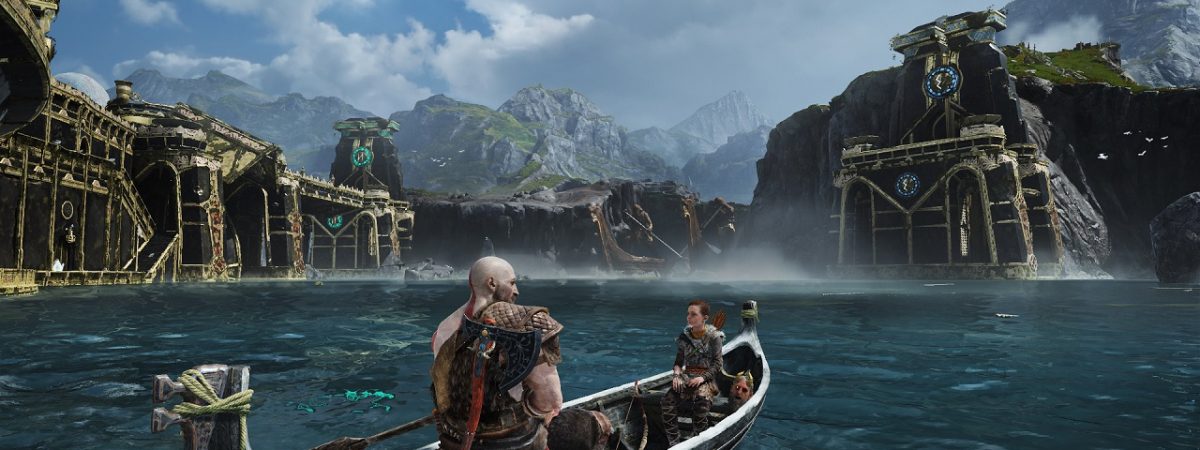The boat which featured in God of War was a surprisingly central part of Santa Monica Studio’s latest game. The primary method of traversing the Lake of Nine and moving from area to area, besides the fast-travel system; the God of War boat was actually a major part of the game’s development. In a recent Development Diary on the PlayStation Blog, the development process was detailed by the game’s Senior Combat Designer.
How Santa Monica Studios Designed the God of War Boat
The latest God of War Development Diary was written by Dean Rymer, God of War’s Senior Combat Designer. In “Building a Better Boat,” he describes in detail how the development team at Santa Monica Studios designed the God of War boat. Interestingly, the development process actually included building a replica boat out of cardboard and polystyrene. According to Rymer, the boat had been an idea for a very long while; “For a long time,” he explains; “going as far back as God of War II, Cory wanted a boat in the game. In the previous games there wasn’t a narrative conceit to justify the addition of a playable boat. But, for this reimagined God of War, we made exploration and storytelling big pillars of our focus… and with Caldera Lake as our hub environment, it finally made sense to bring a playable boat to God of War.”

The Cardboard Boat and “Rear-Wheel Drive”
After the team settled on a single-person canoe for the God of War boat, they turned to motion-capture; “Now was the time to capture some animations,” continues Rymer; “so we built a life-sized cardboard boat in one of our mocap stages”. The team proceeded to design and test a variety of movement options for the boat, but it proved difficult to turn the boat accurately. So as to let players look at the scenery when in the boat, the team put all of the boat’s movement control on the left thumbstick. “Players consistently gave feedback that the turn rate was too slow,” says Rymer; “But, when we’d increase the turn rate, we would get complaints that the boat was uncontrollable. Regardless of the turn rate values we used, we continued to get this feedback.”

By modelling the boat’s controls on those of a car, Rymer and his team adjusted the boat from “all-wheel drive” to “rear-wheel drive”; thus causing power and control to start in the rear. “Immediately, play testers not only had the perception that the turn rate was increased, but that the boat turned more predictably. They could now oversteer the boat to use its “power” to position it where they expected it to go.”
Rymer proceeds to detail how the team struggled to get Kratos and Atreus in and out of the boat seamlessly. In the end, they had to construct a complex system of animations and zones using navigation meshes.




